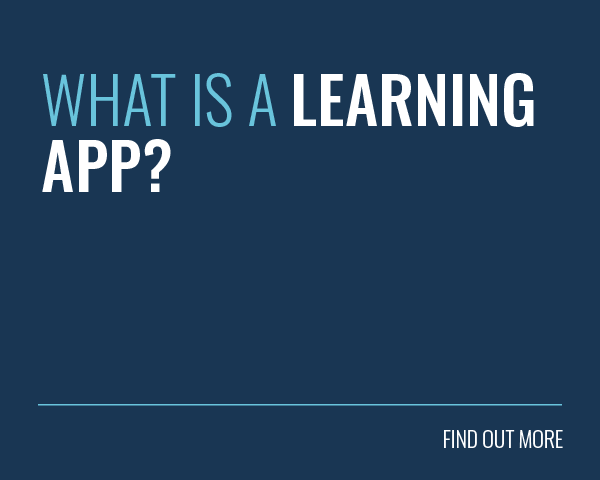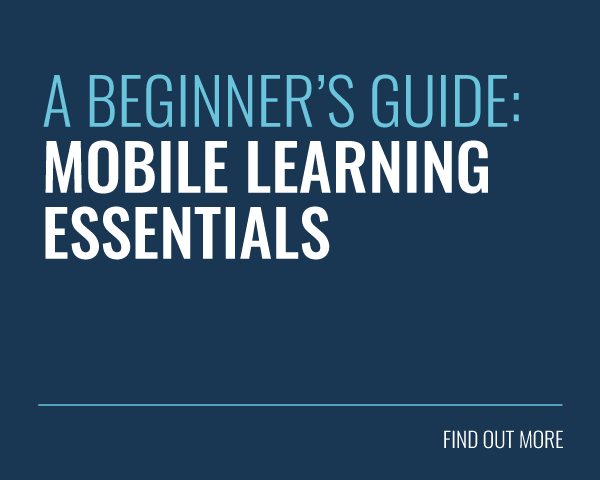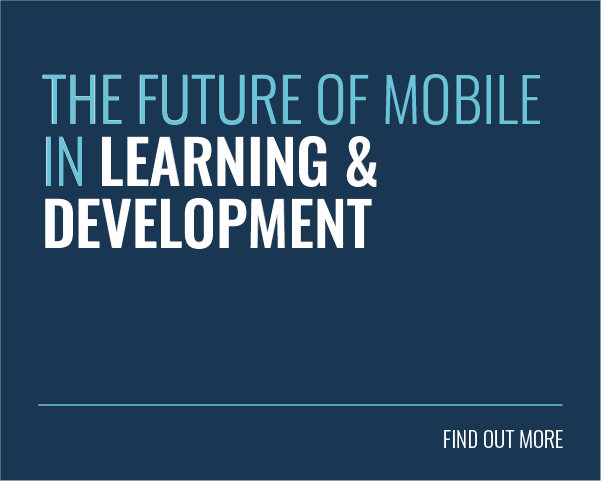
Are you ready to offer bite-size eLearning experiences to your audience? Before you begin, read these 6 microlearning FAQs to brush up on the microlearning basics. I’ll also explore the benefits, examples, and limitations of this memory-boosting ID strategy.
Microlearning is one of the top eLearning trends in your industry. And for good reason. It allows you to create a memorable learning campaign on a tight eLearning budget, in a fraction of the time. Microlearning also improves knowledge retention and recall for your online learners, which helps them overcome challenges and achieve goals. Here are the top microlearning FAQs that every eLearning pro should know:
1. What Are The Primary Characteristics Of Microlearning?
One of the most well-known traits of microlearning is its time limit. Most microlearning online training resources require just a few minutes to complete, which makes it more convenient for your online learners. However, there a number of key characteristics to consider:
a. Goal-Centered
Each microlearning online training resource must focus on a specific learning goal or objective. For example, improving task proficiency or building an essential skill. Since microlearning happens in brief bursts, there isn’t enough time to cover multiple subjects or desired outcomes.
b. Easily Accessible
Most microlearning online training content is mobile-friendly. This is due to the fact that online learners access these online training resources on-the-go. For example, they use their smartphone to learn more about products while they are helping a customer. As such, many eLearning professionals use responsive design tools to create microlearning online training materials.
c. Self-Contained
Microlearning online training activities should include a complete learning unit. In other words, online learners must be able to get all the information they need to understand the topic. That said, microlearning needs a more complicated Instructional Design for complex or involved subject matter.
d. Situational
In most cases, online learners use microlearning online training content to address a certain problem or need. As an example, you run into an obstacle when you try to repair your computer. This prompts you to look up short eLearning videos, articles, and online training tutorials. These microlearning online training resources give you the information you require to finish the task, and you didn’t have the time to enrol in a full-length eLearning course.
2. Is Microlearning A “Standalone” eLearning Solution?
First and foremost, microlearning is a powerful reinforcement tool. It gives online learners the ability to brush up on their skills and refreshes their knowledge. However, it must be part of a comprehensive eLearning plan. Unfortunately, microlearning is not a standalone online training solution that will instantly bridge gaps and boost company profits. That said, you CAN create a comprehensive eLearning course using microlearning online training resources. For example, compile a microlearning online repository and allow employees to create their own learning path. They can pick-and-choose the eLearning activities and modules that align with their goals.
3. What Are The Top Benefits Of Microlearning?
These are just a few of the advantages associated with microlearning:
a. Personalizes The eLearning Experience
Think of microlearning as fragments that can be pieced together. Every online learner has unique needs, preferences, and goals. Microlearning gives them the power to pick the pieces that are relevant to them. For example, online learners who are struggling with the eLearning course can use microlearning tools to fill in the gaps. They are also able to access the online training resources whenever it’s most convenient for them.
b. Provides “Moment Of Need” Support
Microlearning is timely. It also concentrates on one specific idea at a time. Therefore, it’s the ideal “just-in-time” online training tool. Employees get the information they require quickly so that they can go about the rest of their work day. They don’t need to wait until the next scheduled online training session, as they have microlearning online training resources that are readily available.
c. Caters To Different Learning Preferences
From brief online training tutorials and product demos to virtual simulations, microlearning caters to a broad range of personal preferences. Visual learners may prefer having access to online presentations and infographics, while audio learners may prefer accessing podcasts. Every member of your audience receives the individualized online training they require when they need it the most.
4. What Are The Limitations Of Microlearning?
Microlearning is targeted. As such, it’s not the best choice for involved subject matter that requires more time to master. For example, health and safety online training that involves several compliance online training courses, activities, and assessments. There isn’t a suitable amount of time to cover every idea and concept. Microlearning is bite-sized and easily digestible, which isn’t conducive for comprehensive coursework. If you did try to fit complex topics into a microlearning format, there is a high chance to get lost, unless your eLearning course is very structured, and each microlearning unit is linked to a specific learning objective.
5. How Does Microlearning Improve Knowledge Retention In eLearning?
Microlearning breaks the subject matter into easily digestible components that online learners can consume over time. There is no need to keep up with their peers, as they are able to go at their own pace and reflect after each eLearning activity. As a result, online learners are more likely to remember what they’ve learned and recall it in real world settings. Microlearning content is also more engaging. Online learners have the ability to focus on specific concepts that are relevant to them.
6. What Are Some Examples Of Microlearning Activities?
The possibilities for microlearning are virtually endless, as you can use a variety of multimedia elements to develop your online training resources. Here are just a few prime examples of microlearning activities that you can incorporate into your eLearning course design:
- Online training tutorials that walk online learners through every step of the process.
- Serious games that focus on a vital skill.
- Pop quizzes to test online learners’ knowledge to determine strengths and weaknesses.
- Branching scenarios that feature real world characters and situations.
- Infographics to highlight an important trend.
- Podcasts that explore one idea and share tips to help online learners achieve their goal.
Microlearning makes online training more engaging and memorable. However, it’s not the ideal solution for every task, topic, or skill. Ultimately, microlearning is great for reinforcing key concepts and refreshing skills. It can also help your online learners explore subject matter on their own so that they can overcome everyday challenges.
Do your online learners need quick and convenient microlearning resources? Read the article 10 Microlearning Activities To Add To Your eLearning Library to get ideas about 10 microlearning activities that are just right for your bite-size eLearning library.
 About Christopher Pappas
About Christopher Pappas
Christopher Pappas is founder of The eLearning Industry’s Network, which is the largest online community of professionals involved in the eLearning Industry. Christopher holds an MBA, and an MEd (Learning Design) from BGSU.
eLearning Blogger | EduTechpreneur | eLearning Analyst | Speaker | Social Media Addict









